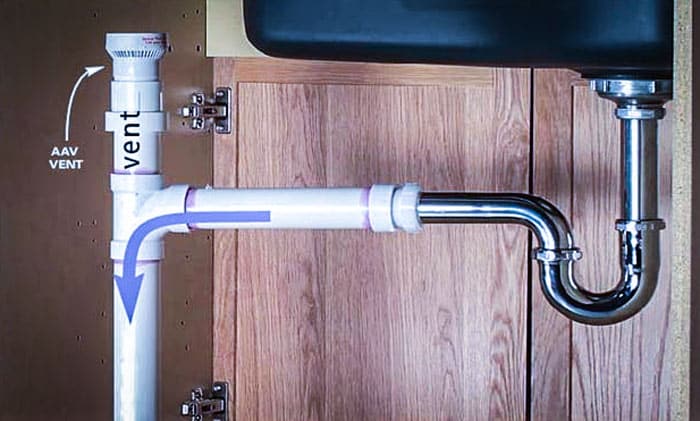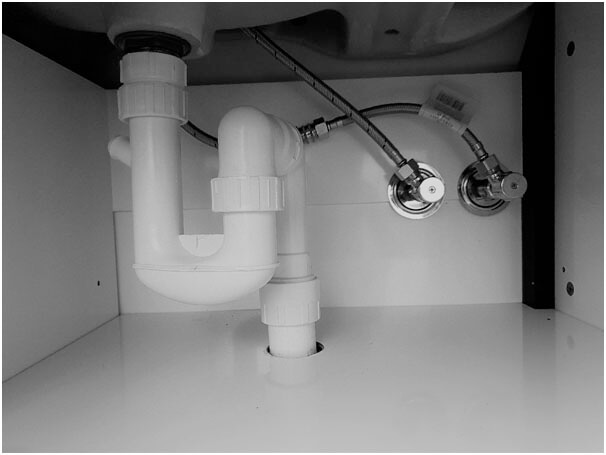Just how do you actually feel about What Are Plumbing Vents and Why Are They Important??

Proper air flow in plumbing systems is usually overlooked, yet it is vital for keeping the functionality and safety of your home's pipes. Ventilation aids control atmospheric pressure, stop the buildup of harmful gases, and make sure the efficient elimination of waste. In this guide, we will certainly discover the importance of correct plumbing ventilation, exactly how it functions, and the benefits it gives your pipes system.
Just How Ventilation Works in Plumbing Solutions
Atmospheric Pressure Law
Proper ventilation preserves balanced atmospheric pressure within the pipes system. When water flows via pipes, it displaces air. Without ample air flow, this displacement can develop negative pressure, causing slow down drains pipes or siphoning of water from traps, which can trigger unpleasant odors to permeate right into the home.
Stopping Sewer Gas Accumulation
Among the most critical features of pipes vents is to stop sewer gases, such as methane and hydrogen sulfide, from accumulating within the home. These gases can present major wellness threats and are highly combustible. Vent pipes enable these gases to get away safely outside.
Assisting in Waste Elimination
Air flow helps in the effective removal of wastewater by protecting against airlocks in the water drainage system. When air can stream freely via the vents, it enables water and waste to flow smoothly through the pipes, decreasing the risk of obstructions and backups.
Advantages of Appropriate Ventilation
Improved System Efficiency
Appropriately aerated pipes systems run a lot more effectively, with fewer blockages, faster draining, and less pressure on the pipelines. This effectiveness prolongs the lifespan of the pipes system.
Improved Air Top Quality
By stopping drain gases from entering your home, proper air flow contributes to better interior air high quality, making your living environment healthier and a lot more comfortable.
Protecting Against Water Damages
Adequate air flow helps stop water from being siphoned out of traps, which can cause sewer gases going into the home and creating water damage with time.
Steps to Make Sure Proper Ventilation
Consulting Pipes Codes
Constantly seek advice from regional pipes codes when creating or customizing your plumbing system. These codes offer the essential guidelines for correct airing vent and ensure your system fulfills safety standards.
Normal Assessment and Maintenance
Normal assessments can help determine possible ventilation problems prior to they become major issues. Upkeep tasks, such as cleaning vent pipelines and looking for blockages, are vital for maintaining the system in good working order.
Specialist Installation
For new setups or major adjustments, it's important to work with a specialist plumber. They have the expertise to ensure the air flow system is properly developed and installed according to code.
Recognizing Ventilation in Pipes
Ventilation in pipes refers to the network of pipelines that allow air to move through the water drainage system. These vents offer several objectives, consisting of regulating atmospheric pressure within the pipes, stopping drain gases from getting in the home, and helping in the smooth flow of wastewater.
Kinds Of Plumbing Vents
Main Stack Vent
The major pile vent, additionally referred to as the vent pile, is the primary vent in a pipes system. It extends from the primary drainpipe line up with the roof covering, allowing gases to run away and fresh air to enter the system.
Branch Vent
Branch vents connect to the primary pile air vent and offer specific components, such as sinks, toilets, and showers. These vents ensure that each fixture has appropriate air flow to operate properly.
Air Admittance Valve (AAV).
An Air Admittance Valve (AAV) is a one-way valve that permits air to get in the plumbing system without the requirement for a traditional air vent pipe extending through the roof. AAVs are typically used in improvements or locations where setting up a conventional vent is impractical.
Indicators of Poor Ventilation in Pipes.
Slow Draining Fixtures.
If your sinks, bathtubs, or bathrooms are draining gradually, it could be an indicator of poor air flow. Inadequate air circulation can create a vacuum cleaner effect, making it hard for water to drain appropriately.
Gurgling Seems.
Gurgling noises originating from drains pipes are typically an outcome of air being drawn via water traps because of unfavorable stress in the pipelines. This is a clear indicator of inadequate air flow.
Undesirable Smells.
Sewage system smells inside your home are a warning that your plumbing system is not correctly ventilated. This can suggest that drain gases are not being appropriately vented outside, leading to potentially harmful problems.
Common Air Flow Blunders.
Insufficient Vent Sizing.
Utilizing small vent pipes can lead to inadequate air circulation and stress inequalities in the system. It's vital to utilize vents that meet the certain requirements of your pipes system.
Improper Vent Placement.
Positioning vents as well far from the components they offer can decrease their performance. Appropriate placement makes sure that air can stream freely and successfully with the system.
Ignoring Code Demands.
Building codes offer certain guidelines for plumbing ventilation. Disregarding these codes can result in a system that falls short to work correctly and might bring about expensive repair work or carcinogen.
Verdict.
Correct air flow is an important element of any pipes system, guaranteeing that it works successfully and securely. By understanding the importance of ventilation, acknowledging the indicators of inadequate ventilation, and taking steps to preserve your system, you can prevent costly issues and protect your home's air quality.
What is a Plumbing Vent and it's used for?All plumbing systems in residential and commercials construction have a plumbing vent. It doesn’t just vent unwanted odors from the drainage system to the outside; it actually serves an important purpose by supplying air to the system.
The plumbing drainage system is actually called a drainage, waste and vent (DWV) system. When water flows down the piping, an air supply (vent) is needed to allow the water to flow. Think of the vertical pipe as a drinking straw. If you plug the top end of a straw, liquid won’t drain from it.
The DWV system in your building consists of a series of pipes connected to each fixture; they extend above each fixture, and the system terminates at an open pipe that extends through the roof. This piping allows air into the system and prevents unbalanced pressures in the piping.
?The vent also prevents the system from drawing water out of a trap at the fixture with the characteristic “glug-glug-glug” as the drain gasps for air. Plumbing traps should drain smoothly and never “glug” or gasp for air.
If you have a drain that empties slowly or gurgles as it drains, this may indicate a venting problem. If you flush a toilet and the sink gurgles, there’s definitely a vent problem. It is good idea to have a Plumber check this.
https://www.ameliashomeinspection.com/blog/what-is-a-plumbing-vent-and-its-used-for

We had been guided to that report on What Is a Plumbing Vent and Why Is It Important through someone on another blog. Appreciated our blog posting? Please share it. Let somebody else locate it. Thanks a lot for your time. Come back soon.
Call Today